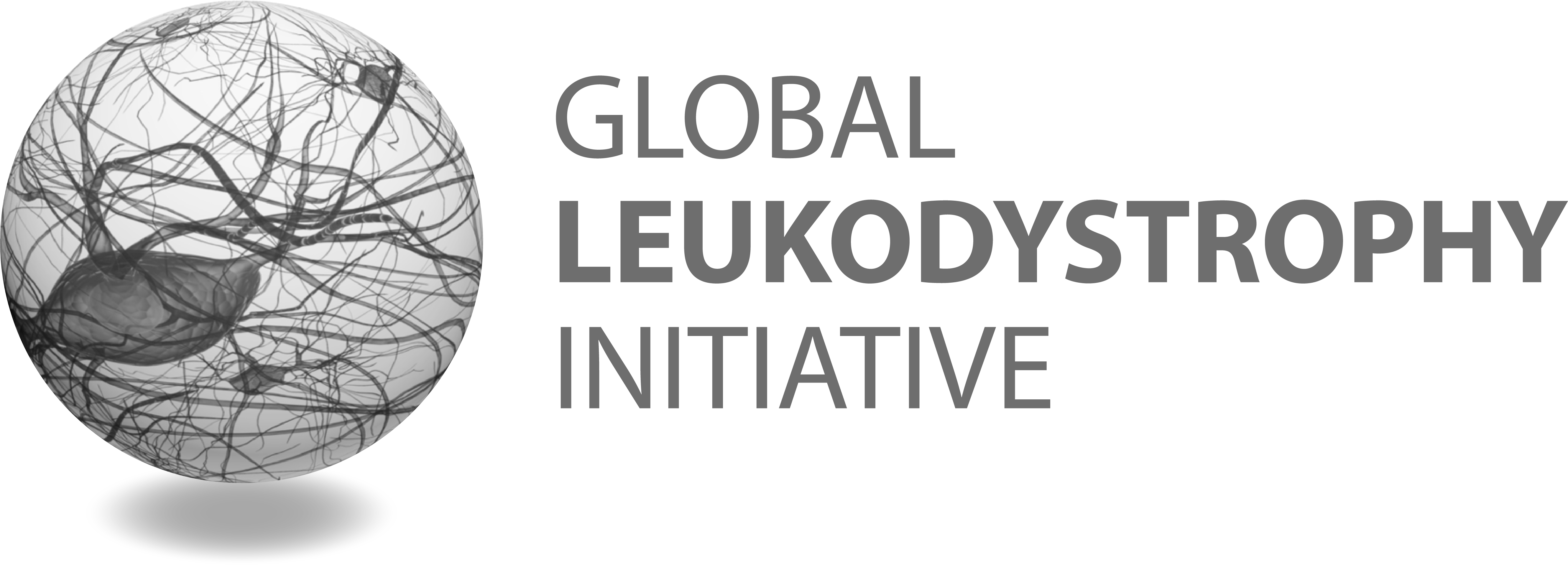Diseases Studied
The Rare Diseases Clinical Research Network is an NIH-funded research network of 20 active consortia or research groups working to advance treatment for diseases that are rare. Use the search tools on this page to find the diseases we currently study. You can reach out to the indicated consortia or research groups for more information on those diseases and studies underway.
This network focuses on clinical research and does not generally support clinical care outside of research activities. To learn about other rare diseases, please visit the Genetic and Rare Diseases Information Center (GARD), which is an NIH program that helps the public find reliable information about rare and genetic diseases. Their staff are specialists. Contact them at 1-888-205-2311 or email GARDinfo@nih.gov.
All Diseases > Alexander Disease
Alexander Disease
Disease Category: Leukodystrophies
A rare disorder of the nervous system characterized by leukodystrophy, or the destruction of myelin (the fatty coating surrounding nerve fibers). Symptoms include seizures, spasticity (muscle rigidity), intellectual disability, developmental delay, speech and swallowing difficulties, ataxia (lack of coordination), and rarely, hydrocephalus (fluid accumulation in the brain). A characteristic finding is Rosenthal fibers (abnormal protein deposits) in astroglial (specialized cells) which support other cells within the brain and spinal cord.
Research groups studying this disease
Leukodystrophies

Global Leukodystrophy Initiative Clinical Trials Network (GLIA-CTN)
Recruiting
8501: Myelin Disorders Biorepository Project (MDBP)
The purpose of this study is to: (a) define novel homogeneous groups of patients with leukodystrophies and work toward finding the cause of these disorders; (b) assess the validity and utility of next-generation sequencing in the diagnosis of leukodystrophies; (c) establish disease mechanisms in selected known leukodystrophies; (d) track current care and natural history of these patients to define the longitudinal course and determinants of outcomes in these disorders; and (e) contacting subjects with specific diagnoses (or lack thereof) with information about other research studies or clinical programs that may be beneficial.
8502: GLIA-CTN EHR Data Extraction Project
This study seeks to query the Electronic Health Record (EHR) at participating institutions in an automated fashion in order to development a large-scale library of clinically pertinent natural history data for individuals with a confirmed diagnosis of leukodystrophy. Automated data extraction techniques will be supplemented by traditional/manual chart abstraction approaches to ensure data integrity. Data collection and analysis methodologies will undergo face validation, inter-rater reliability, reproducibility, longitudinal stability, internal validation and construct validity under the careful oversight of the GLIA-CTN Data Integration Core (DIC) based at the Children's Hospital of Philadelphia.
8504: GLIA-CTN CSF Biomarker Study
The primary objective of this research study is to identify and validate novel biomarkers in CSF, and to establish their correlation to clinical features and outcomes in specific leukodystrophies; for example, we propose to explore known protein biomarkers in AGS and AxD, including GFAP, NFL, and IP10, as well as candidate biomarkers such as inflammatory proteins including cytokines and chemokines, structural proteins, cell surface proteins, and markers of myelination and neuronal function. The study also seeks to characterize the stability of known and novel biomarkers under different shipping and storage conditions, which will allow investigators to explore the feasibility of multi-center biomarker collection procedures, with centralized processing and storage, in preparation for similar approaches in the context of future clinical trials for various leukodystrophies. Assay validity will be investigated using both intra- and inter-assay measurements.
Leukodystrophy Newborn Screening Action Network
Champions the cause of newborn screening for leukodystrophies and lysosomal storage disorders.
Leukodystrophy Australia
Aims to support individuals and families affected by leukodystrophy, raise awareness, and encourage leukodystrophy-related research.
Mission Massimo Foundation
Promotes the prevention, diagnosis, and treatment of childhood leukodystrophies.
Fundación Lautaro te Necesita
Su misión es mejorar la calidad de vida de las personas afectadas por leucodistrofias impulsando la investigación y la educación para lograr diagnósticos tempranos que posibiliten el acceso a tratamientos adecuados.
Hunter's Hope Foundation
Supports and encourages those affected by Krabbe disease and related leukodystrophies.
Elise’s Corner
Elise’s Corner is a community group focused on spreading awareness of Alexander disease and aiding research efforts to find treatments and a cure for this rare genetic disorder.
European Leukodystrophy Association
Provides assistance and support to families affected by leukodystrophy, funds research projects, raises public awareness, and collaborates with international organizations to pool resources to develop research.
Alex, The Leukodystrophy Charity
Offers support and information for all those affected by a genetic leukodystrophy.
Grayson's Ladder
Raises awareness and funds for Alexander disease and helps those with this rare disorder and other types of leukodystrophy get the care they need.
Leukodystrophy Family Forum
Find answers to frequently asked questions and common issues shared by the leukodystrophy community. Access disease and research information and links to support resources.
Leukodystrophy Resource & Research Organisation
This group seeks to maximise health care resources, advance the world’s leading research and to provide premium support for all Australasian leukodystrophy families with the outcome being a cure.
United Leukodystrophy Foundation (ULF)
ULF is a non-profit, voluntary health organization dedicated to funding cutting-edge research and to providing patients and their families with disease information and medical referrals.
